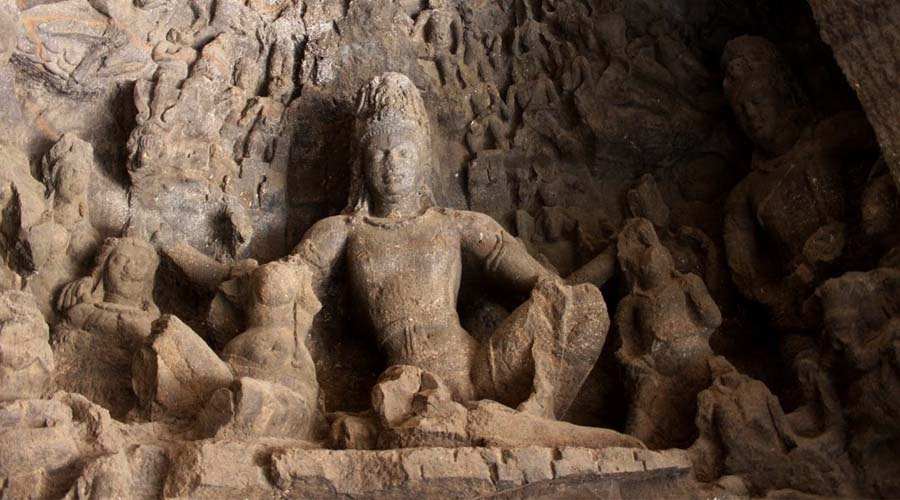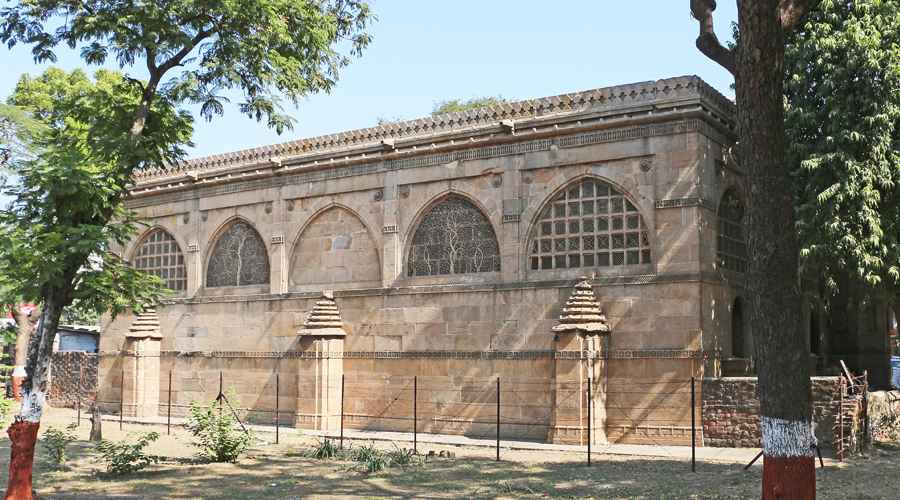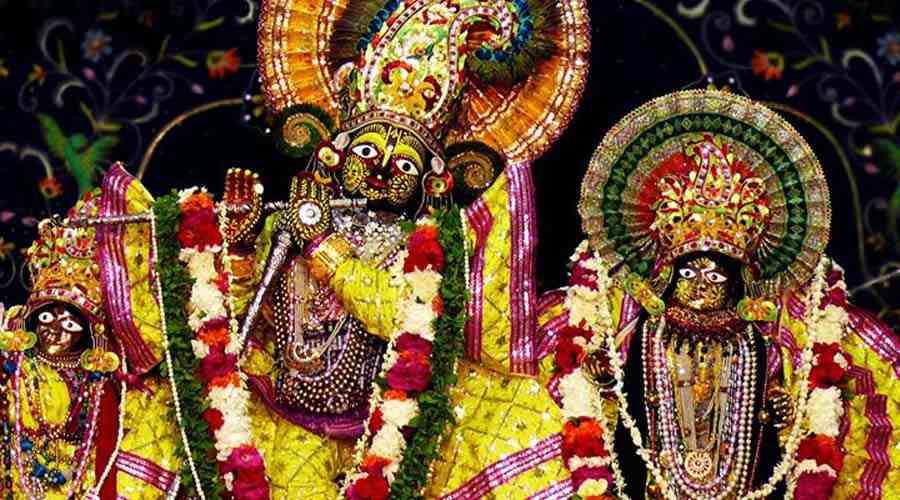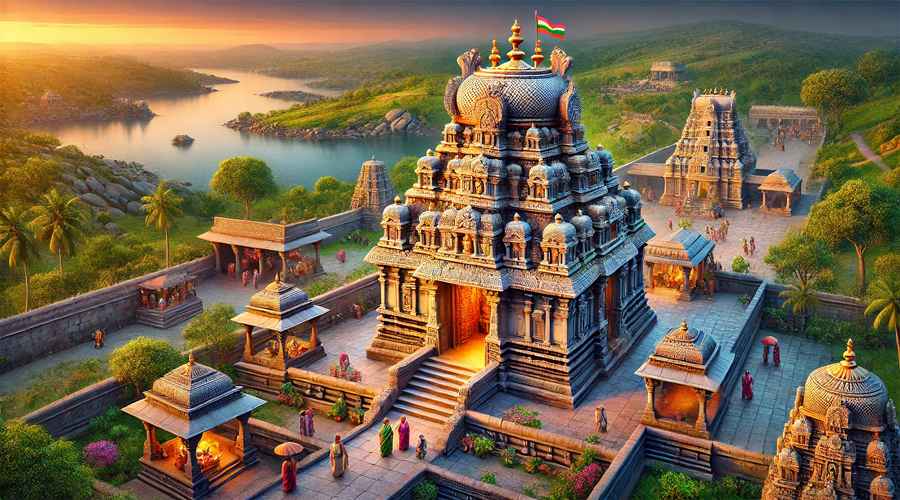Located just 10 kilometers off the coast of Mumbai, the Elephanta Caves stand as a timeless testament to India’s artistic brilliance and spiritual devotion. Nestled on Elephanta Island, also known as Gharapuri (meaning “the city of caves”), this UNESCO World Heritage Site is one of the most fascinating destinations near Mumbai. Renowned for its magnificent rock-cut temples dedicated to Lord Shiva, the site reflects the outstanding craftsmanship of ancient Indian sculptors and continues to captivate visitors from around the world.
The Origins of Elephanta Caves
The history of the Elephanta Caves dates back to between the 5th and 8th centuries CE, though the precise origin remains a topic of debate among historians. Some attribute their construction to the Kalachuri Dynasty, while others believe they were carved during the Rashtrakuta period, which was known for patronizing Shaivism. Earlier, the island was called Gharapuri, but the name “Elephanta” was coined by Portuguese explorers in the 16th century after they discovered a large stone elephant sculpture near the island’s landing area. Although this sculpture now rests in the Dr. Bhau Daji Lad Museum in Mumbai, it gave the island the name that endures today.
Journey to the Island
A trip to Elephanta Island begins with a ferry ride from the Gateway of India, which takes about an hour each way across the Arabian Sea. The scenic ride offers a refreshing escape from the bustle of Mumbai and provides stunning views of the city’s coastline. Upon arrival, visitors must climb nearly 120 steep stone steps to reach the cave complex, surrounded by lush greenery and souvenir stalls selling locally crafted items.
Architectural Brilliance of the Caves
The Elephanta Caves comprise seven rock-cut caves, with the main cave (Cave 1) being the most elaborate and spiritually significant. This cave is a grand temple complex carved directly out of solid basalt rock. Its layout reflects a profound understanding of both Hindu temple architecture and spiritual symbolism.
The cave consists of a main hall supported by massive pillars, a shrine housing the Shiva Linga, and intricately detailed panels depicting the major mythological episodes of Lord Shiva’s life. The scale and detailing of the carvings are remarkable, considering the tools available during that era.
The Iconic Trimurti: The Soul of Elephanta
At the heart of Cave 1 stands the majestic Trimurti Sadashiva, a colossal 20-foot-tall sculpture that symbolizes the three aspects of Lord Shiva — creation, preservation, and destruction. This masterpiece is regarded as one of the finest examples of Indian rock-cut art. The serene central face represents the tranquil creator (Tatpurusha), the right face depicts the fierce destroyer (Aghora), and the left face illustrates the feminine aspect of creation (Vamadeva). The sculpture embodies the philosophical concept of balance — portraying Shiva as the cosmic force that sustains the universe.
Other Carvings and Panels
Beyond the Trimurti, the temple walls are adorned with several other captivating panels, each telling a story from Shaiva mythology:
- Ardhanarishvara: Depicts Shiva as half-male and half-female, symbolizing the unity of masculine and feminine energies.
- Gangadhara Shiva: Depicts Shiva absorbing the mighty river Ganga into his locks to prevent floods on Earth.
- Nataraja: The Lord performing the cosmic dance of creation and destruction.
- Marriage of Shiva and Parvati: Showcases the divine union between Shiva and Goddess Parvati, representing the harmony of spiritual and worldly life.
Each panel reflects a deep sense of devotion, balance, and artistic imagination, carved with precision that reveals the talent of ancient Indian artisans.
Religious and Cultural Significance
The Elephanta Caves were not merely places of worship but also centers of spiritual learning and philosophical discourse. The temple complex represents the crystallization of early Hindu faith centered on the concept of Shiva Mahadeva. It played an essential role in spreading Shaivism across the region during the early medieval period.
Even today, the caves hold immense religious value among devotees. Every year during Mahashivaratri, thousands of pilgrims travel to Elephanta Island to offer prayers and participate in rituals at the ancient shrines. The island transforms into a divine center of faith, music, and meditation — echoing centuries of uninterrupted worship.
Preservation and UNESCO Recognition
Recognizing its cultural and historical importance, UNESCO declared the Elephanta Caves a World Heritage Site in 1987. The Archaeological Survey of India (ASI) oversees its preservation and undertakes regular maintenance work to protect the caves from erosion and environmental threats. As the caves are carved into basalt rock exposed to humidity and sea air, preserving them is a continuous challenge that requires careful management.
Tourism authorities have also taken steps to regulate visitor numbers, clean the premises, and enhance accessibility, ensuring that this ancient marvel is sustained for future generations.
The Experience for Visitors
Visiting Elephanta Caves is a journey back in time. As you step into the cool interiors of the caves, the intricate carvings, dimly lit corridors, and sheer silence create a spiritual atmosphere. Apart from the caves, the island also offers an Elephanta Museum, showcasing ancient sculptures, history panels, and an AV presentation narrating the story of the island’s heritage.
Photography enthusiasts find this site captivating for its interplay of light and stone, while spiritual seekers feel an overwhelming connection to the divine. The monkeys around the island add a touch of liveliness, though visitors are advised to handle their belongings carefully.
Best Time to Visit Elephanta Caves
The ideal time to explore Elephanta Caves is between November and March, when the weather is cooler, avoiding the excessive humidity of summer and heavy monsoon rains when ferry services are often suspended. Early morning ferries are best for avoiding crowds and fully absorbing the peaceful, mystical vibe of the island.
Elephanta Island Beyond the Caves
While the caves are the island’s centerpiece, visitors can also explore small villages inhabited by local fishermen, try traditional Maharashtrian snacks, and enjoy panoramic views of the Arabian Sea. The blend of culture, art, and nature makes Elephanta Island a rich and immersive travel destination.
From divine artistry carved in stone to the spiritual serenity that still resonates within its caves, Elephanta Island remains a sacred jewel of India’s heritage. It continues to remind visitors of the profound spiritual depth and artistic mastery that flourished centuries ago along the western coast. For those visiting Mumbai, a journey to Elephanta Caves is not just a sightseeing excursion — it is a pilgrimage through history, art, and devotion.



